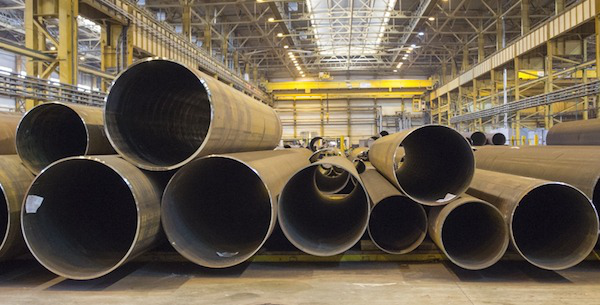
ADTO News
Differences Among Seamless, ERW, LSAW, and SSAW Pipes
When it comes to piping solutions, the choice of pipe type is crucial for ensuring performance, durability, and cost-effectiveness. Among the various options available, Seamless, Electric Resistance Welded (ERW), Longitudinal Submerged Arc Welded (LSAW), and Spiral Submerged Arc Welded (SSAW) pipes stand out. Each type has unique manufacturing processes and applications, making them suitable for different industries. Let’s explore the key differences between these pipe types.
Seamless Pipes
Seamless pipes are manufactured without a joint, which makes them highly resilient to pressure and temperature fluctuations. The production process involves forging or extruding a solid round billet into a hollow tube. This lack of a seam gives seamless pipes superior strength, making them ideal for high-pressure applications such as oil and gas pipelines and boilers. Their smooth interior surface also reduces the risk of corrosion and fluid turbulence.
ERW Pipes
Electric Resistance Welded (ERW) pipes are created by rolling flat steel sheets into cylindrical forms and welding the edges together using electrical resistance. This method is cost-effective and allows for high production speeds. ERW pipes are typically used in low to medium pressure applications, such as water and gas distribution. However, they may not perform as well as seamless pipes under extreme conditions.

LSAW Pipes
Longitudinal Submerged Arc Welded (LSAW) pipes are manufactured by bending steel plates into a cylindrical shape and welding them along the length of the pipe. This process yields pipes that are larger in diameter and thicker than ERW pipes, making them suitable for heavy-duty applications such as structural and offshore projects. LSAW pipes deliver excellent mechanical properties and can handle high-pressure conditions effectively.
SSAW Pipes
Spiral Submerged Arc Welded (SSAW) pipes are produced by spirally winding steel strips and welding them along the seam. This method allows for the creation of longer pipes with greater flexibility in diameter and wall thickness. SSAW pipes are commonly used in water transportation, sewage systems, and other applications where long lengths are advantageous. Their spiral weld pattern provides additional strength, making them a popular choice in various industries.
Conclusion
Choosing the right type of pipe is essential for the success of any project. Seamless pipes offer exceptional strength for high-pressure applications, while ERW pipes provide a cost-effective solution for lower pressure needs. LSAW pipes excel in heavy-duty scenarios, and SSAW pipes are ideal for long-distance transportation. Understanding these differences can help you make informed decisions based on your specific requirements.
For further inquiries or to discuss your project needs, feel free to contact us. Our team is here to assist you in finding the perfect piping solution!


 Live Chat
Live Chat
